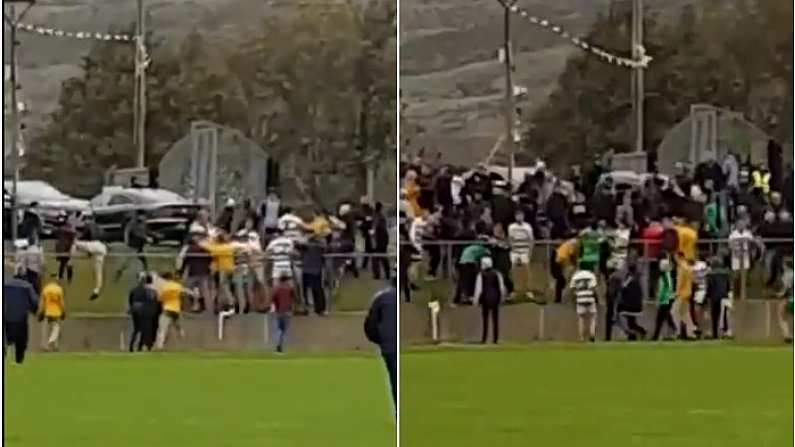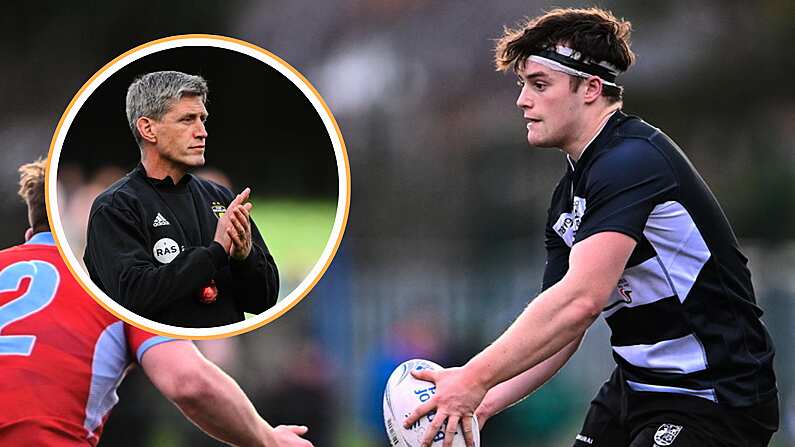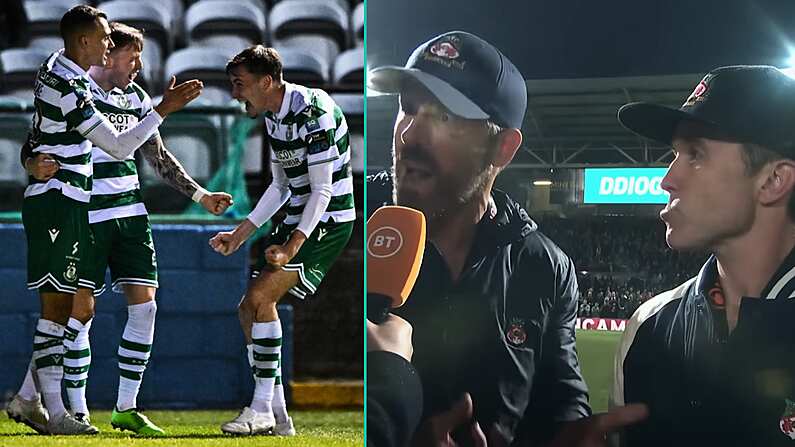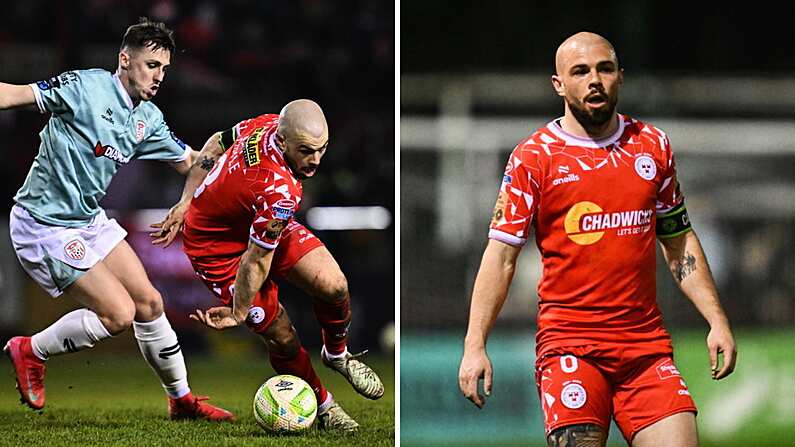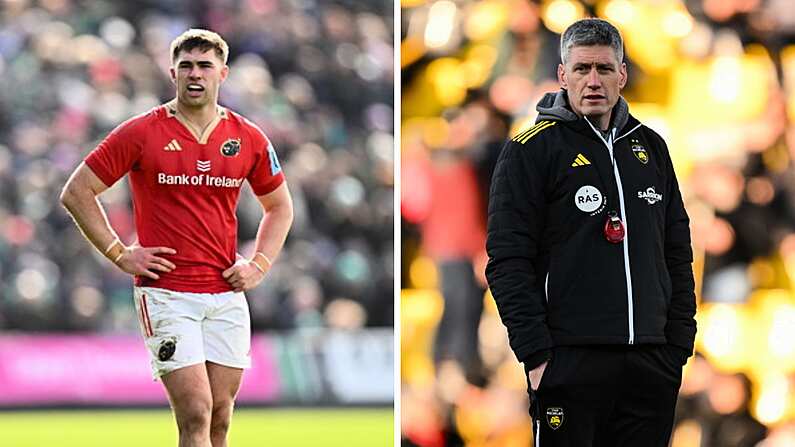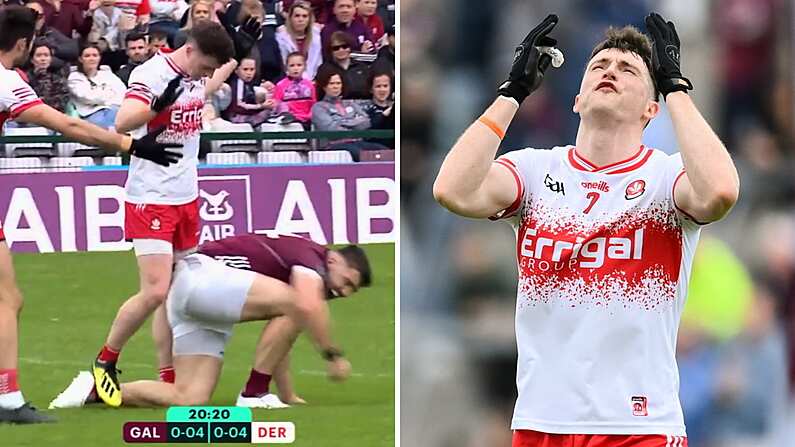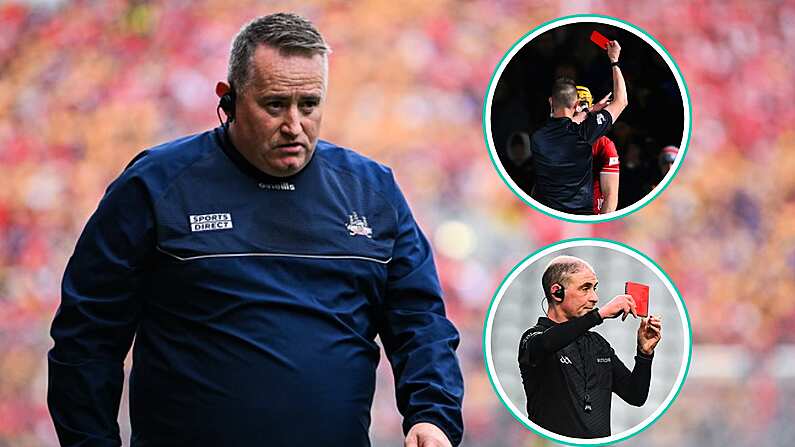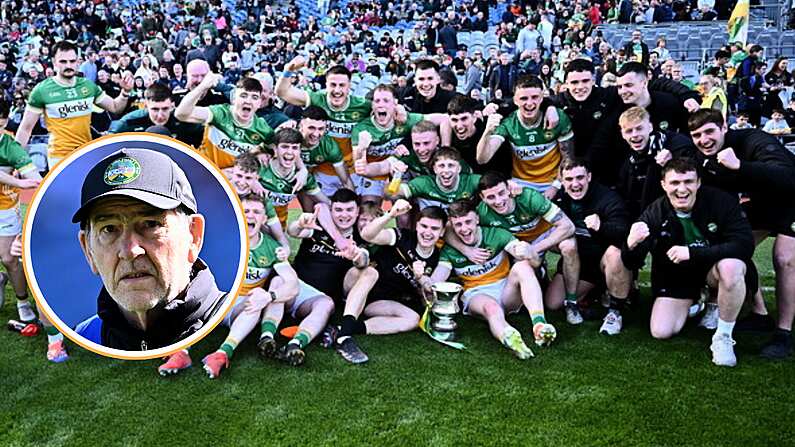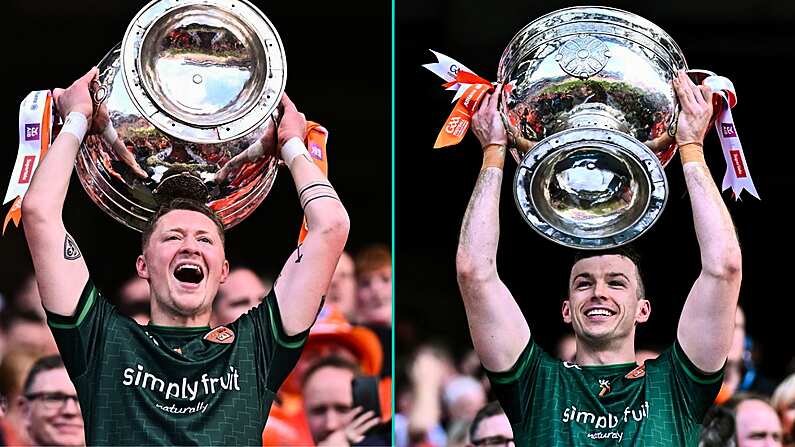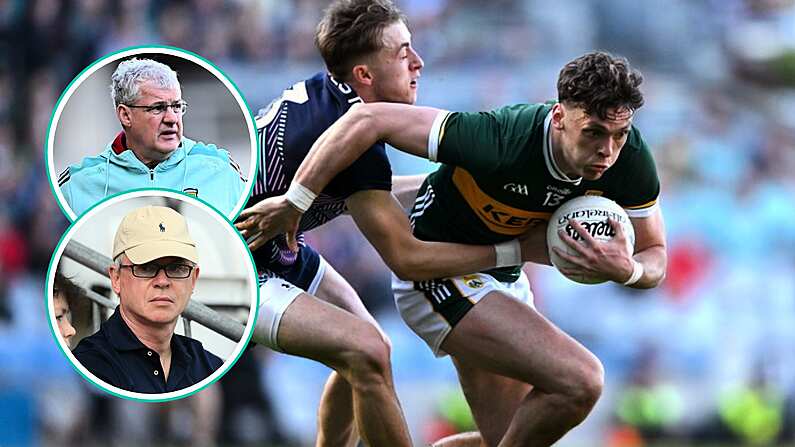The GAA's significant issue with on-field violence raised its head once again this weekend after a huge brawl broke out during Ballyholland Harps and RGU Downpatrick's Down Division 1 Gaelic Football tie.
Discover more about the history of the All-Stars on the official PwC All-Stars App. Download here
The fixture was a rearranged one that took place in Kilcoo on Sunday afternoon. However, yet again a brawl involving spectators produced a prolonged altercation that saw players from both sides leave the field of play and partake in the violence.
Full carnage from tonight’s game in Kilcoo
If it’s your video, get in touch for credit pic.twitter.com/w3JlXY9ahi
— Ball-X (@BallX_Sport) October 7, 2018
The footage emerges less than three days after a mass brawl spilled into the crowd in a Derry reserve championship game. In recent weeks several similar videos have surfaced thrusting the association into a debate about their seeming tolerance for on-field violence. Naturally, the videos are not the issue but what they capture. However despite widespread condemnation time and time again this sort of behaviour remains widespread.
The issue has deep roots in the GAA. Throughout the 1990s, Gaelic games administrator Joe McDonagh was hugely critical of the culture within the sport and urged GAA delegates to tackle it: "indiscipline, violence and thuggery have no part to play in our games." Labour Politician Seán Maloney was highly critical of the association in 1996 for "not dealing sufficiently with people who behaved in a thuggish fashion." A Tullamore District Court was also critical of the GAA president's response to such issues in 2004.
Despite this, nothing changes. As long as the head in the sand approach continues, these scenes will remain prevalent.


